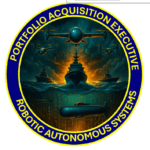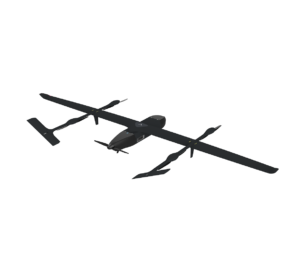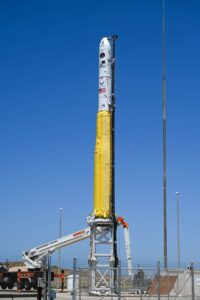
The Chairman of the Joint Chiefs of Staff said Thursday he advocates to bias resources towards sea, air, and space platforms for future defense needs. “I don’t want to reveal my cards automatically in that regard but I probably already did – by saying we’re a maritime nation. We are, and the defense of the United States depends on airpower and seapower, primarily. It does. People can say what they want and argue what they want. That’s a reality. And…

 By
By 











